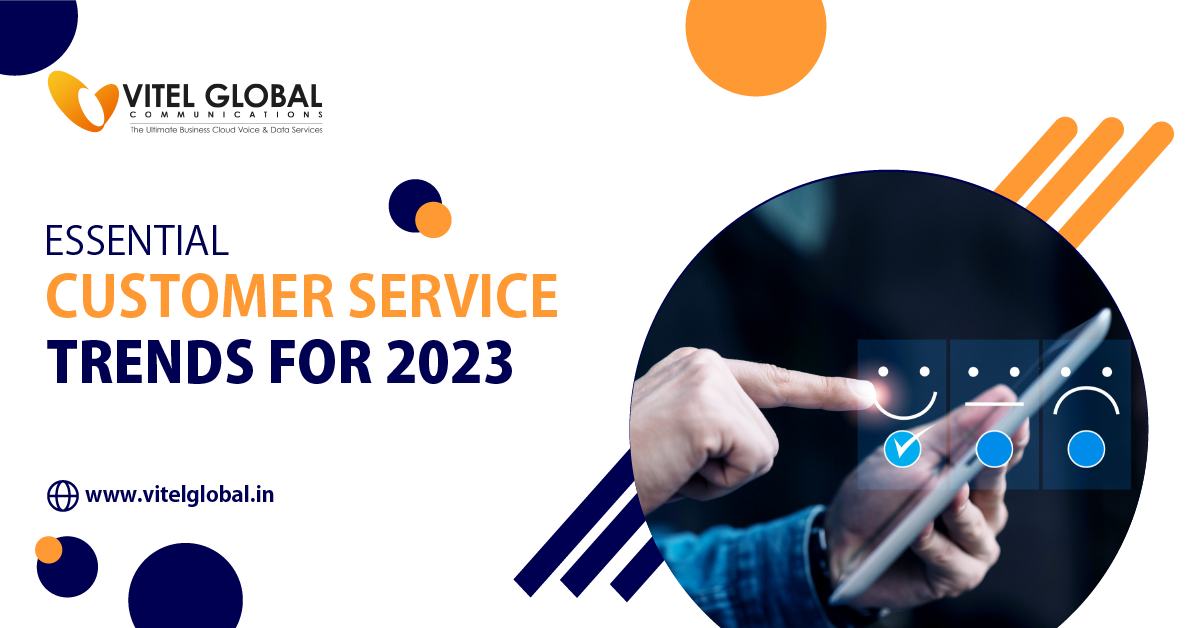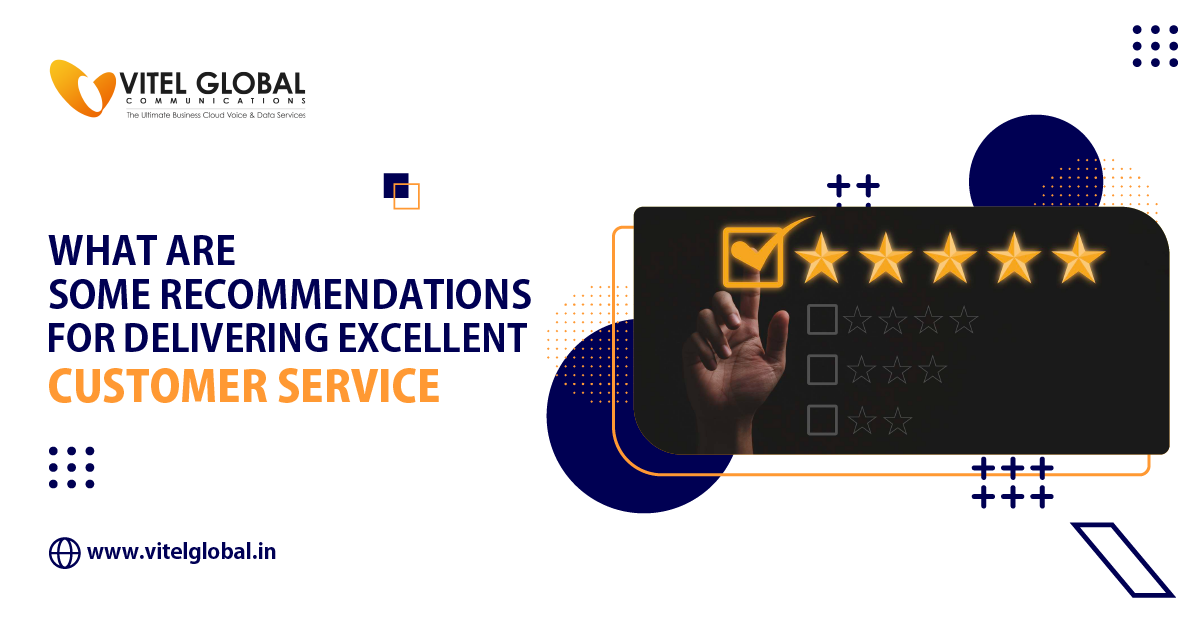Table of Contents
Customers now demand more from businesses, but who can blame them? Every one of us has had consumer interactions that have ranged from wonderful to frustrating. Companies are under increased pressure to balance the customer experiences they wish to provide and their limited internal resources and other priorities, particularly now that renowned customer-centric businesses are the ones reaping the benefits.
What is the Customer Experience?
The phrase “customer experience” (CX) describes how a company interacts with its clients at each stage of the purchasing process, from marketing to sales to customer support and everywhere in between. It primarily consists of every interaction a customer has with your brand.
More than merely a string of deeds constitutes the client experience. Additionally, it focuses on emotions. What do your company’s present and potential clients think of you? Every time a customer interacts with you, you can enhance or damage their perception of you. As a result, important decisions must be taken at each touchpoint, impacting your organization’s success.
The Importance of Positive Client Experience
A good client experience with cloud calling systems is a strategy to differentiate from other businesses. It elevates your brand and product to the forefront as more companies vie for consumers’ attention and more options are readily available.
Consider that your corporation wants to put beverage vending machines in its offices. Your CX is more than how much you enjoy using the equipment. It is the entire start-to-never-fully-finished process of engaging with the brand, purchasing, and continuous interactions for service and support or future updates.
The beverage store may provide you with a one-size-fits-all experience when you purchase, for example, by displaying photographs of various items. However, a better strategy would be to employ virtual reality to create a unique, personalized, and tailored experience so that you can see exactly how each sort of machine would seem in your office setting. You, your coworkers, and your company are content due to this fantastic CX, and the next time you need a vending machine, your company will go to the same vendor.
Brands need to consider providing more extraordinary experiences and interacting with customers in more engaging ways to enhance customer attainment, customer engagement, and loyalty and generate growth.
The Essence of Positive Client Experience
Good and bad user experiences are distinct from one another. Customers leave every engagement with you feeling pleased and satisfied when the customer experience is good. Well-targeted marketing campaigns, user-friendly e-commerce sites, streamlined purchasing procedures, self-service customer support choices, and the flexibility to communicate with corporate representatives whenever, wherever, and on any device are ways to provide positive user experiences.
Multichannel interaction is something that customers demand. They expect brands to anticipate their needs proactively and want their loyalty recognized through beneficial and pertinent loyalty programs.
The ability of a business to deliver exceptional customer experiences depends heavily on connected data. Connecting your data and any information amassed across your systems—from front to back office—will help you do this. Only after that can you guarantee a seamless, coordinated, and customized CX across all marketing, sales, and customer service touchpoints.
How can Businesses Enhance the Consumer Experience?
Many customer experience principles have been adopted, from new customer onboarding processes for banks to how clothing should be presented online. It gets harder for brands to differentiate themselves through customer interaction.
Traditionally, businesses have concentrated on enhancing client interactions with their goods and services. This method of boosting sales and customer loyalty has previously been effective. These days, it is insufficient. The best course of action is to see customers as more than just consumers and to take an integrated, dynamic perspective on who they are and what drives their behavior.
Today’s firms must improve their customers’ lives by offering them new tech-driven experiences beyond one-time purchases. Consider how omni-channel services link online and offline purchases with client digital data for more individualized service and affect the marketplace. Additionally, businesses need enterprise-wide creativity, vision, and customer empathy to inspire them to develop innovative methods to connect with and assist those who desire agency and simplification.
Businesses should redirect their efforts to promote growth and relevance by assessing what customers find valuable and rethinking how a brand promise aligns with customer demands.
Exploring the Benefits of Personalized Customer Experiences?
Personalization starts with data collection on consumer preferences, behavior, and demographics. Numerous touchpoints, including websites, mobile apps, surveys, and social media, can be used to acquire this data. Following are some key tips.
Content Personalization
Content marketing is key to personalization. Develop specific consumer groups for your website, social media postings, emails, and adverts. It could require making product recommendations based on previous purchases or proposing material based on browsing ways.
Product Recommendations
Implement recommendation algorithms that examine client data to suggest interesting goods or services. Cross-selling and upselling opportunities may grow as a result.
Dynamic Pricing
Change prices in response to demand, client loyalty, and browsing patterns. Pricing tailored to each consumer can increase sales and improve client interaction.
Customized User Interfaces
Provide user interface customization choices, such as letting users choose the design or content of your website or app.
Campaigns for Personalized Marketing
Develop campaigns for individualized marketing that use targeted messaging to reach particular customer categories. Over time, split testing can assist in improving these initiatives.
Client service
Address clients by name and anticipate their needs based on their previous interactions with your company. Customer service powered by AI and chatbots can help with this.
Feedback and Surveys
Surveys and customer feedback are essential to creating tailored experiences. Businesses may enhance their tailored strategies and guarantee that the experiences are continually delivered in line with consumer expectations by actively seeking client feedback. With clients, this procedure fosters a sense of trust, steadfastness, and enduring partnerships.
Mastering the Art of Text Messaging: Essential Tips and Tricks
Conclusion
Businesses may thrive during and after a recession by concentrating on delivering a customized customer experience. Understanding customer expectations, customer segmentation, collecting data, running strategic marketing campaigns, putting an omnichannel strategy into practice, sending only pertinent recommendations, and understanding customer needs and expectations are all ways businesses can deliver tailored and relevant experiences that meet their customers’ needs and expectations.
Additionally, by strongly emphasizing customer loyalty and retention, businesses may forge enduring relationships with their customers, strengthen their brand’s reputation, and increase sales and customer lifetime value. Companies can also offer gender-specific, geolocation-specific, product recommendation-specific, UX customization, and control experiences with unique use cases, which will engage their clients and boost their revenue.






